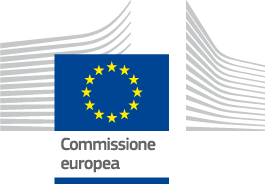

FLAG Factsheet
The Harju FLAG area covers 530km of coastline along the Gulf of Finland and features numerous peninsulas and bays. Tallinn, the capital of Estonia, is situated centrally in the area and offers local producers access to a substantial market. Tallinn also draws a relatively young workforce to the area and offers wide-ranging tourism opportunities.
Coastal fisheries are historically an integral part of the areas culture and economy, with fishing landing sites scattered throughout the area. However, more recently, several fish farms have been closed; prompting the importance of a move towards the development of blue growth.
In recent years there have been many new and exciting developments in the Harju area. Small harbours are being developed, adding a modern infrastructure. Engagement with coastal villages is increasing; supporting the development of coastal communities and building a diverse economy where local fisherman get competitive prices for their produce. Innovative practices used in the FLAG area have also restored and improved the habitats and spawning areas of local species.
The main challenge for the Harju FLAG is increasing local incomes in the fisheries sector, while also maintaining while also sustaining the strong tradition and heritage of the coastal fishing communities in the area.
The FLAG has 106 protected areas covering a total of 552 km2, including the Pakri Islands and Kolga Bay, a grey seal protection area.
Across the Harju area, small harbours are being developed with a modern infrastructure. The main objectives of the FLAG strategy are:
National
The Harju FLAG area has projecting focusing on:
Deadlines for project applications and FLAG assessment meetings are published on the Harju FLAG website.
The Harju FLAG is interested in sharing experiences in pesca-tourism, herring processing, and coastal fishing techniques. In the area, there is strong local knowledge in small-scale coastal fishing, selective fishing, and high-quality fish products.
Future foreseen projects include developing the Gulf of Finland and Baltic FLAG networks, the on-going development of pesca-tourism with transnational partners and the expansion of the Estonian Food Fair with several other Estonian FLAGs. Cooperative ideas for future projects with Finnish FLAGs include the creating of joint producer-organisations and the development of joint training programmes across several FLAGs from both member states.
The Harju FLAG area overlaps with four different LEADER group areas, each of which is familiar with each other’s work and strategy.
The Harju FLAG is made up of four municipalities, 18 private fishing companies, seven private fishermen, six tourism companies and eight other non-government organisations.